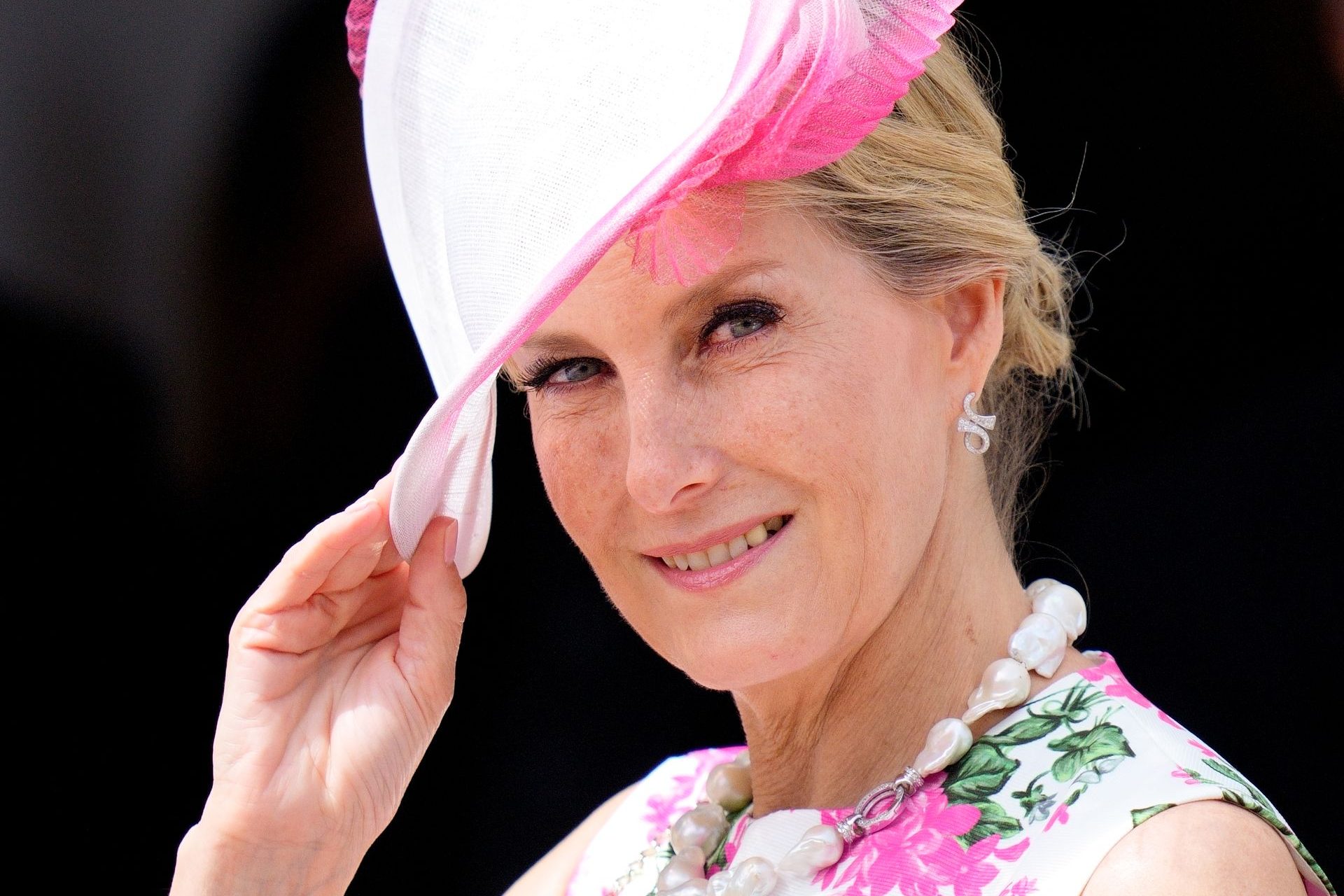The Marie Kondo method: still a great way to organize your home
Known for her books and the Netflix series, 'Tidying Up with Marie Kondo' (2019), the organizing consultant of Japanese descent recently admitted that it was very difficult to keep one's house uncluttered when there are young kids at home.
That doesn't mean her ideas about tidying up have lost their value. In 2011, long before her kids arrived, Kondo published 'The Life-Changing Magic of Tidying Up,' where she explained her method. The book sold 1.3 million copies in Japan. In 2018, it was published in several other countries and surpassed the mark of 8 million sold.
Marie Kondo created the Konmari method, which consists of deeply organizing, keeping only objects, clothes and furniture that bring us joy.
Screenshot @Netflix
She works on the principle that tidying is not innate but can be learned, becoming an art of living. This also produces relaxation, almost therapeutically. Check out some tips in the gallery!
To ensure a suitable state of mind and connected with your home, it is best to keep silence. "Explore this silent dynamic in the room," writes Marie Kondo in her book.
This technique may seem strange, but its benefit is evident: with your eyes closed, greet the place you are going to tidy up, introducing yourself to him. Imagine, then, how you want to arrange it, always focused on bringing joy to the environment.
"The process involves just two steps: throwing away and saving. The first step is to discard what you don't use," advises Marie Kondo. To know what's really worth keeping, you must first unpack everything, and then separate what stays and what will be discarded.
The specialist's main advice is: "Does this give me joy?" If the answer is no, then we take it out of our house. Be careful not to store things "just in case." Kondo advises that hesitating reflects a certain degree of attachment to the object in question. Most things don't need to be kept forever. When disposing of an item, thank it for fulfilling its role in our lives.
It's important to sort your objects by categories, not by rooms. This makes work easier and more encouraging. This phase will allow you to assess the volume of things to be stored. She said that collect all the objects in a category and place them on the floor in the same place. By exposing them to daylight, it will be easier to judge whether they evoke any emotion in you.
Screenshot @Netflix
Instead of piling things up, leave some spaces free. In general, we do not use what is hidden. It's human nature to want to fill in the gaps. Therefore, we should know, beforehand, that we are not going to fill all the corners. That way, the organization is done in a relaxed way and we can leave empty spaces, calmly.
The secret to storing clothes well is to fold them into a rectangle. First, place it on a horizontal surface to see its shape. Then fold the two ends inward to form a rectangle. Then fold it again two or three times. Run your hand over the garment to flatten it and connect with it. Do it quickly, like a robot. On the next slide, we show an illustrated image!
Photo: Sarah Brown, Unsplash
Let's start with tops and blouses, as they are generally very numerous. Then we tackle coats, pants, shorts, skirts, and dresses until we get to underwear and socks.
Screenshot Pinterest @Konmari
We must leave all visible parts in the drawers and shelves. It's amazing how space-saving this method is. In addition, clothes will no longer be wrinkled and it will be easier to find them quickly.
Screenshot @Netflix
On the hanger are clothes that wrinkle easily or are financially valuable. It's important to sincerely ask yourself if these pieces are still being used frequently. To store them, hang the longer ones on the left and the shorter ones on the right. This makes the wardrobe visually lighter.
Photo: Amanda Vick, Unsplash
When it comes to handbags, group them by type. For example, differentiate the material or the size. Then place them one inside the other, leaving the handle outside. Then place them in a row so they are visible.
There are two methods for organizing them. If you have a closet with a shoe rack, you can leave them lined up on the shelves. If not, store them in their boxes.
Screenshot Pinterest @Konmari
The place where you keep your jewelry should be as interesting as the display case where you found it. She says that when she works with a client to create an accessories space, we spend more time on that than any other category.
Screenshot Pinterest @Konmari
It is the union room, where we meet in the evenings or on weekends. As you arrange it, remember it is the center of family life. She recommends choosing a fixed location to place the remote control and magazines.
Screenshot Pinterest @Konmari
"Tidying up your books is the best way to increase your sensitivity to joy and your ability to take action.". It is likely that you have a series of books that you intend to read again but never did. So why keep them? Kondo explains, "Recently, I have noticed that having fewer books actually increases the impact of the information I read." To store them, you can divide them by size, color, or alphabetical order.
"The important thing in tidying up the kitchen is ensuring that all the elements are visible. Even if the lockers are full," Kondo said. The main thing is not to make more than one row on the same shelf so that it is easy to get to them.
Screenshot Pinterest @Konmari
Her filing method is extremely simple. We will only have two categories: papers to be filed and papers that still need our attention. These are bank statements or invoices as well as papers with sentimental value.
Screenshot Pinterest @Konmari
What belongs to the "memories" category should be saved last. According to Marie Kondo, precious memories won't disappear, even if we throw away the items in question. The goal is to clean out the drawers to better enjoy the present and the future. We should keep only what really brings us joy and not what holds us back in the past.
These are difficult objects to store. Marie Kondo created a list of categories to help classify them: CDs and DVDs, skin care products, makeup, accessories, valuables (passport, credit card), appliances, household items (cleaning products and medications ), kitchen utensils, and finally food.
When rearranging the house, don't forget to keep a room - or a corner - for private use. "Having a place of your very own that is filled with joy is like having a hand warmer in your pocket on a freezing cold day," says Marie Kondo.
To keep your daily life in order, there are only three rules, according to Marie. First, put things in their proper place, say thank you each time you use them, and take care of them. Kondo proposes to set a goal, for example, every month, on the same date, to clean the bathroom and clean the shelves. The same must be done with the other parts of the house. So there are no surprises or complaints.
It will be easy to observe how, finally, the mental load is lightened and finds a resting place within the house. Remember: it's not up to women to do everything. Everyone should have a room - besides their own stuff - to tidy up!





































